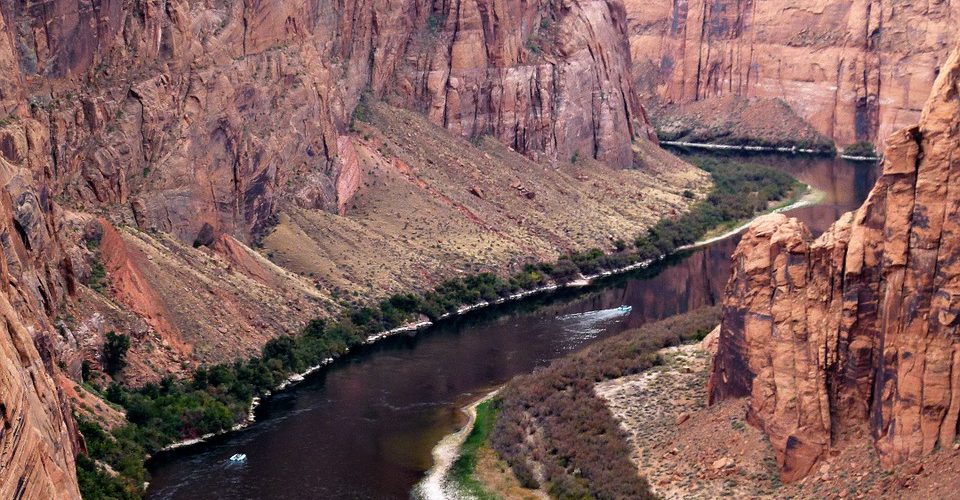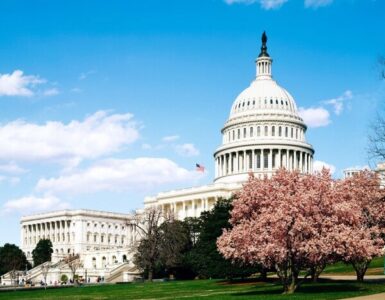Two Arizona congressional members are well positioned to help spur ratification of a seven-state drought contingency plan that is designed to protect parched Colorado River water supplies.
Senator Martha McSally and Representative Raúl Grijalva are the new chairs of the Senate Subcommittee on Water and Power and the House Committee on Natural Resources, respectively.
Their leadership will be critical for Arizona, especially if the federal Bureau of Reclamation contemplates something never done before: taking control of a state’s water issue.
“It’s imperative that we keep Lake Mead and Lake Powell from dropping to dangerously low levels. No one wants a federal takeover of the Colorado River,” said Rep. Grijalva, who is planning to hold a House Committee hearing on the Drought Contingency Plan at the end of March to hear from states and stakeholders.
With limited bipartisan cooperation in Washington, Arizona and delegates from the other six states could be put to the test.
Sen. McSally has said she is committed to working across the aisle in the Senate to get all the states on board and to “get the plan on President Donald Trump’s desk.”
A number of other Arizona delegates have promised to do the same including Senator Kyrsten Sinema.
“I really just want to commend the Legislature and the Governor for coming together to work through the difficult circumstances to pass the DCP and I’ll be working hand in hand with the other 13 Senators that cover this region to make sure we pass this legislation that enables our region to take steps to prevent harmful drought,” Sinema told Chamber Business News.
There is no time to lose.
The mighty Colorado that quenches an estimated 40 million people in seven states has been plagued by a historic, extended drought that is impacting regional water supply and other resources. The river basin is seeing its lowest 16-year period of inflow in over 100 years of record keeping. Reservoir storage at Lake Mead and Lake Powell has declined from nearly full to about half of capacity.
A panel of 40 competing water interests from across the state spent eight months struggling to finally get a contingency plan in place that details how everyone will cut back on water usage to shore up Lake Mead as well as provide water and funding for farmers in Pinal County who face water shortages that are expected to come as soon as next year.
The committee succeeded in taking the plan to the state Legislature that quickly approved it among much fanfare by the federal deadline, Jan. 31. Confident that the interstate agreement was in place and the intra-state agreements moving forward to finalization, Arizona Water Resources Director Tom Buschatzke then submitted the plan to the Bureau.
It wasn’t quite enough. Reclamation Commissioner Brenda Burman wants everything, not just the interstate agreement. Now Arizona and California – that also has not completed all of its plan – have been placed on the Federal Register.
Starting March 5, governors from the other states will be allowed to weigh in on how Arizona and California should be required to leave water in Lake Mead. After a two week period, the federal government could intervene.
But there still is an out. If Arizona and California submit everything by March 19, the Bureau will cancel any plans for comments or intervention.
Stay tuned.
















Add comment